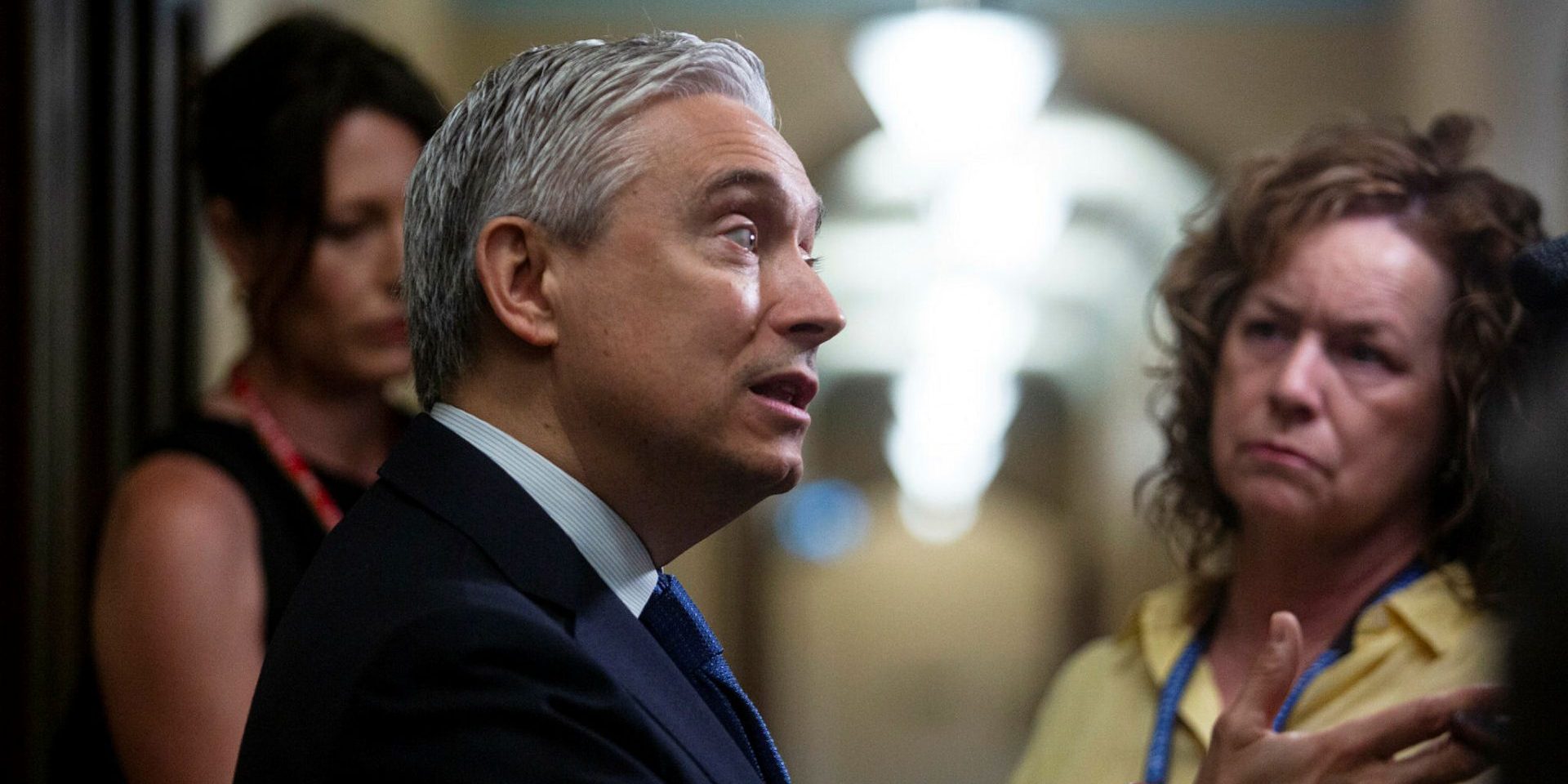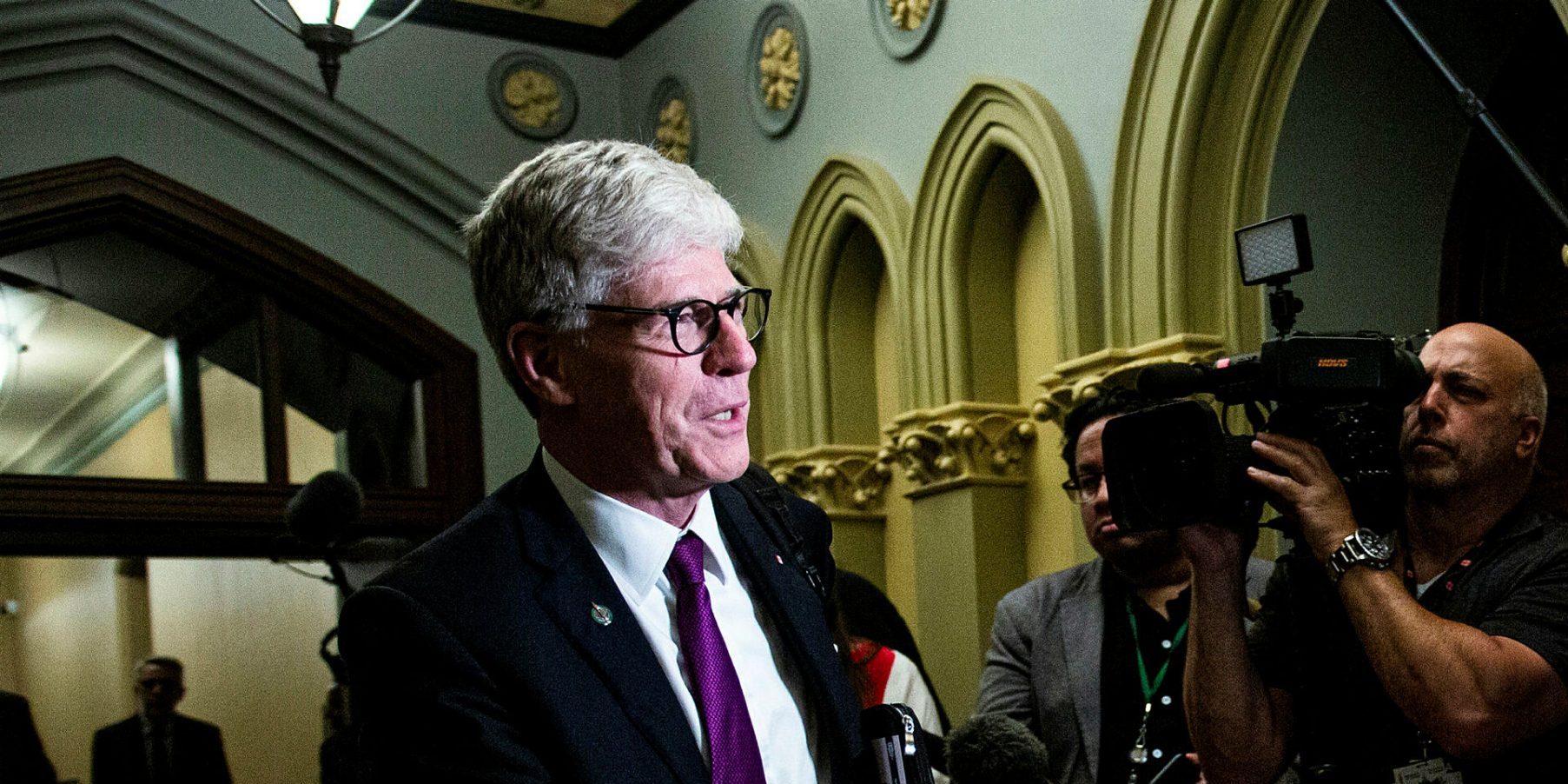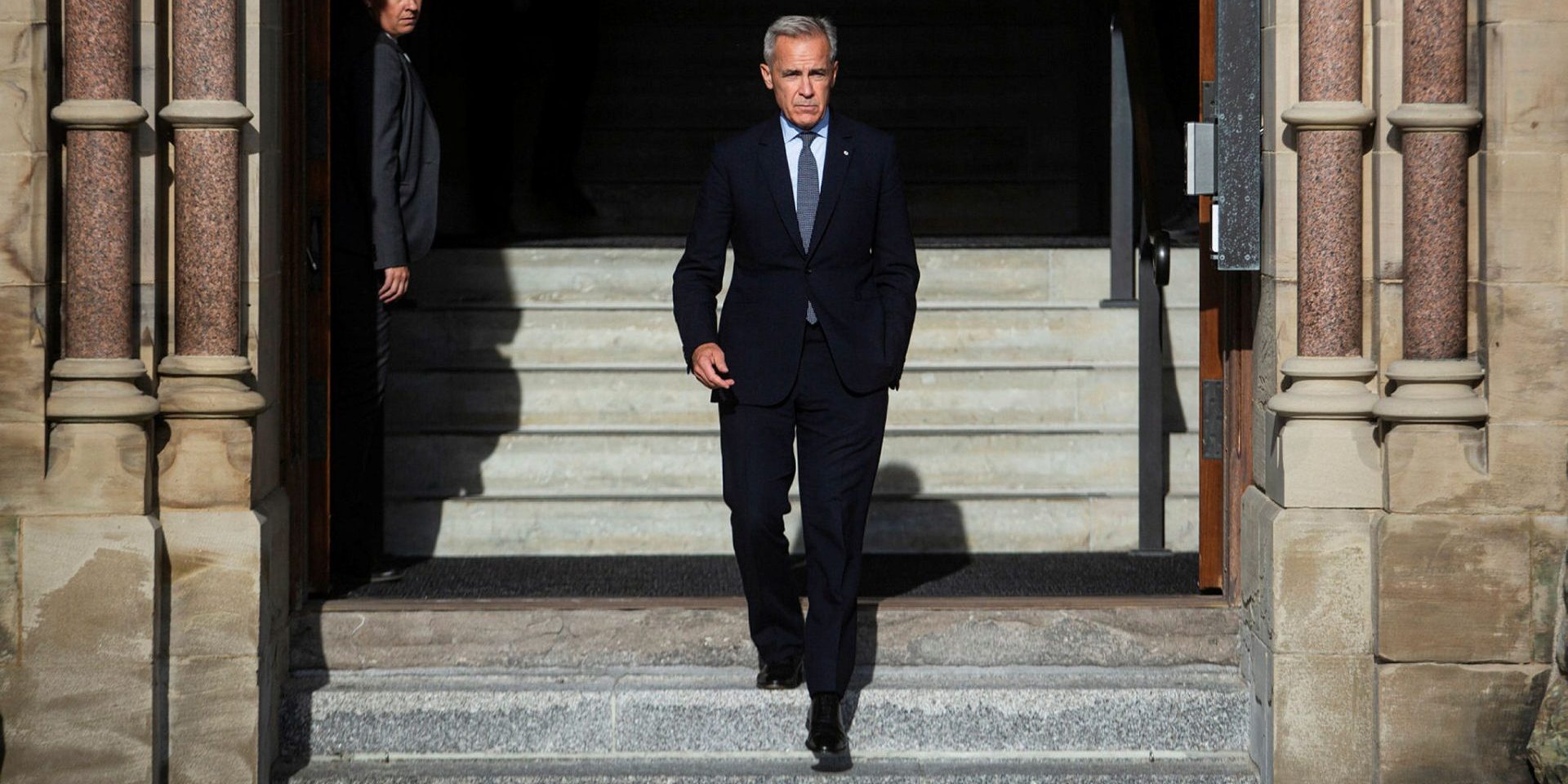Canada faces a budget reckoning as deficit pressure mounts

OTTAWA—Back in 2022, then-finance minister Chrystia Freeland addressed an auto industry conference in Windsor, Ont., where she spoke about the economic challenges Canada faced as it emerged from the COVID-19 pandemic. Freeland cautioned that “our economy will slow. There will be people whose mortgage rates will rise. …That will be the case in the U.S., and that will be the case in economies big and small around the world.”
These were astute remarks, delivered at a pivotal moment when it was becoming increasingly clear that strong headwinds were approaching and Canadians would need to batten down the hatches. What followed next was a commitment to find cuts in the lead-up to the federal budget, reflecting the reality Canadians themselves were confronting as they managed their own household expenses.
The following year, the president of the Treasury Board issued a summer communiqué signalling that it was time for government departments to rein in expenditures and return to pre-pandemic levels. The objective was clear: identify $15-billion in savings over a five-year period.
Few could argue with a straight face that the former Liberal government under Justin Trudeau took austerity measures seriously. While it made efforts in its near decade-long mandate to review department budgets after record-high levels of spending before, during, and after the pandemic, this was more likely a response to shifting public opinion as Canadians began to rank the cost of living as their top concern. It did not, however, prevent the government from tabling a 2024 budget that committed more than $50-billion in new spending.
With Parliament back in session this week, expectations are high for the Carney government’s first budget, anticipated within a matter of weeks. The prime minister, who has styled himself as both fiscal steward and CEO of Canada’s economy, has already sketched out much of his dual plan to achieve “austerity and investment.”
Echoing the final years of Trudeau’s tenure, Prime Minister Mark Carney’s cabinet spent the summer identifying ways to trim expenditures, aiming for a 15-per-cent reduction over three years. The effort reflects the government’s mandate to rein in its own costs as a means of spurring broader economic growth. While cuts to the public service appear inevitable, questions remain over how the government will deliver on this target if attrition is the only instrument at its disposal.
On the investment side, there has been a steady stream of announcements highlighting priority projects. From defence spending to affordable housing to the newly unveiled major projects list, the Carney government has committed billions of dollars to initiatives deemed to be in the national interest.
These projects are necessary, each positioned as a response to critical challenges—whether directly affecting Canadians, or shaping the ability of the Canadian economy to remain competitive in a rapidly changing landscape where new threats emerge daily.
What remains unclear, however, is how short- to medium-term spending commitments will be reconciled with the drive for cuts that meaningfully reduce Canada’s debt levels. Delivering a true austerity budget would require scaling back departmental budgets to a degree almost certain to spark political blowback. While such consequences may not erupt into a full-blown crisis overnight, there is no easy path to course correct after a decade of deficit spending.
Carney is right to pitch his budget as a double-edged sword because two things can be true at once: the government must cut back on its spending, while also making targeted investments that improve Canadians’ lives and keep the country safe and competitive. But the sticker shock of the looming deficit, combined with limited measures for fiscal restraint, may leave Canadians looking for someone to blame and questioning why action wasn’t taken sooner, especially when the warnings from within the government were impossible to ignore.
Josie Sabatino is a senior consultant at Summa Strategies. Prior to joining Summa, Sabatino spent nearly a decade as a Conservative political staffer, providing communications and issues management advice to Members of Parliament and the leader of the official opposition.
The Hill Times






 LICENSING
LICENSING PODCAST
PODCAST ALERTS
ALERTS


